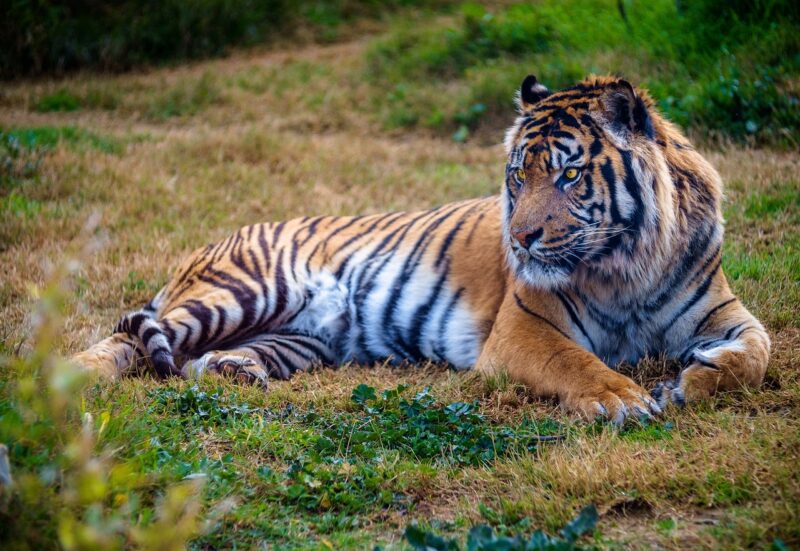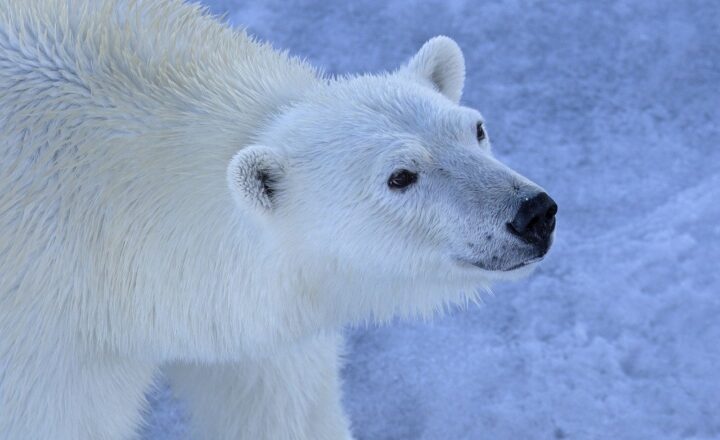The Wild Side of Life: Protecting Our Endangered Species
November 18, 2024

The world is home to a rich tapestry of biodiversity, with millions of species contributing to the intricate balance of ecosystems. However, this delicate balance is under constant threat from human activities, leading to a rapid increase in the number of endangered species. As we delve into the wild side of life, it becomes imperative to understand the importance of protecting our endangered species and the urgent actions necessary to conserve them.
Understanding Endangered Species
Endangered species are plants and animals that are at risk of extinction due to various factors, including habitat loss, climate change, poaching, and pollution. According to the International Union for Conservation of Nature (IUCN), over 28,000 species are currently listed as endangered, which highlights the severity of the crisis.
The concept of an endangered species is not solely defined by their numbers; it also encompasses the ecosystem’s health, as the loss of a single species can have cascading effects on the entire environment. With declining populations, these species lose their ecological roles, which might lead to the degradation of their habitats.
Reasons for Endangerment
Several factors contribute to the endangerment of species, including:
- Habitat Destruction: Urbanization, deforestation, and agriculture convert natural habitats into human-dominated landscapes, reducing the available space for wildlife.
- Climate Change: Changes in temperature and weather patterns can disrupt migration, breeding, and feeding habits of various species, making their survival difficult.
- Poaching and Illegal Trade: The illegal wildlife trade poses a significant threat, with species hunted for their skin, bones, and other body parts, often leading to population declines.
- Pollution: Contaminants in air, water, and soil can poison species or disrupt their reproductive systems, further endangering their survival.
Understanding these reasons is crucial to framing effective conservation strategies.
The Importance of Biodiversity
Biodiversity is vital for a variety of reasons:
- Ecosystem Stability: Diverse ecosystems are more resilient and can better withstand environmental changes and disasters. They provide essential services such as pollination, nutrient cycling, and disease regulation.
- Cultural Significance: Many cultures have deep-seated connections to their local fauna and flora. Endangered species often hold cultural, spiritual, and recreational value for communities worldwide.
- Medicinal Resources: A large proportion of modern medicines are derived from plant and animal species. Protecting biodiversity ensures that we do not lose potential cures and treatments that could benefit humanity.
- Economic Value: Healthy ecosystems contribute to economies through tourism, fishing, and agriculture. The economic benefits of preserving biodiversity far outweigh the costs of destruction.
By safeguarding endangered species, we also protect the wealth of knowledge and resources inherent in the natural world.
Conservation Efforts
Many organizations and initiatives are dedicated to conserving endangered species and their habitats. Here are some notable examples:
- Protected Areas: Establishing national parks, wildlife reserves, and marine protected areas helps shield habitats from human encroachment and exploitation.
- Legal Frameworks: Policies like the Endangered Species Act in the U.S. provide legal protections to threatened species and their habitats, facilitating recovery efforts.
- Community Engagement: Involving local communities in conservation efforts fosters a sense of responsibility, encouraging sustainable practices and protecting their natural resources.
- Research and Education: Scientific research increases awareness and understanding of endangered species while educating the public on their importance and the need for conservation.
These efforts are crucial for ensuring that future generations inherit a world that is as vibrant and diverse as the one we know today.
Steps to Get Involved
There are numerous ways individuals can contribute to the protection of endangered species and their habitats:
- Educate Yourself and Others: Learning about local and global endangered species and sharing knowledge can help raise awareness and promote action.
- Support Conservation Organizations: Donating to or volunteering with organizations that work towards conservation can significantly aid their efforts.
- Advocate for Change: Contacting local representatives to support policies that protect endangered species can be impactful. Advocacy is a powerful way to influence positive change.
- Practice Sustainability: Choosing sustainable products and reducing consumption can minimize your impact on the environment and help protect wildlife habitats.
Individual efforts, when combined, can lead to significant change, creating a positive effect on global biodiversity.
Conclusion
Protecting our endangered species is not merely about saving individual animals or plants; it’s about maintaining the health of our planet’s ecosystems as a whole. As stewards of the Earth, it is our responsibility to ensure that the rich biodiversity of life is preserved for future generations. By understanding the importance of these species, the threats they face, and the steps we can take, we can contribute to a movement that champions conservation and sustainability. Together, we can make a significant impact on the future of our planet and all its inhabitants. Let’s embrace the wild side of life and protect what remains of our endangered species before they disappear forever.






